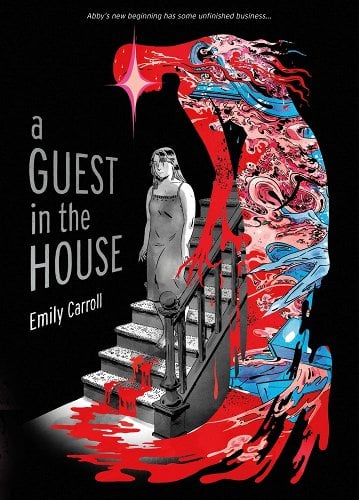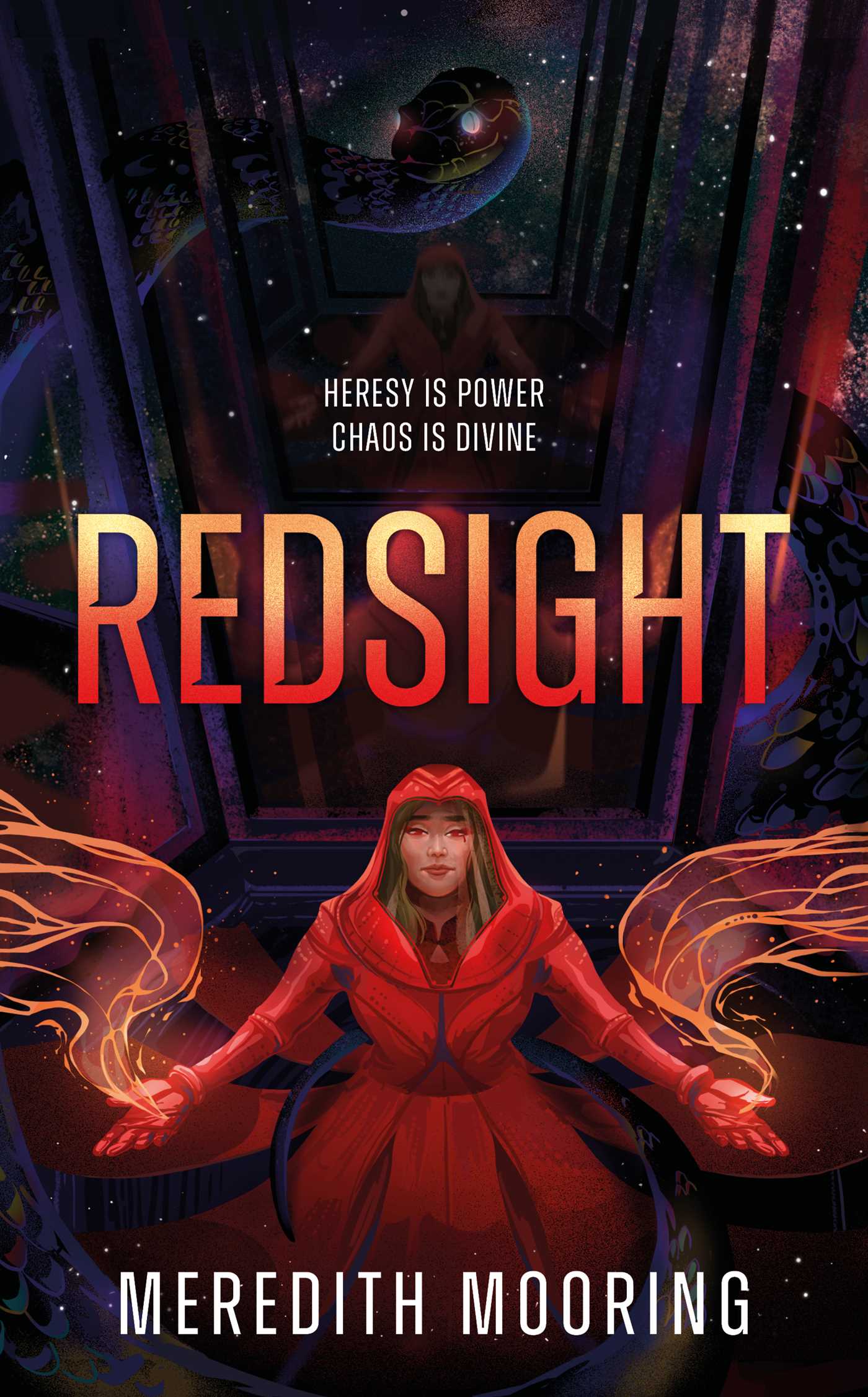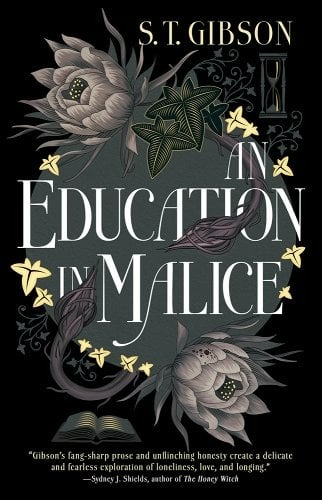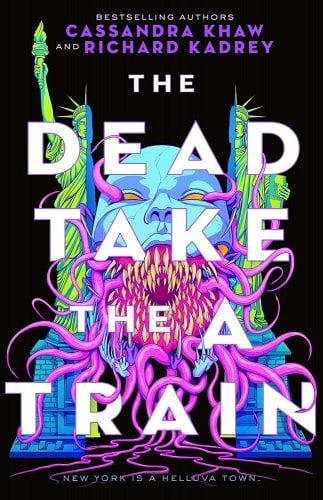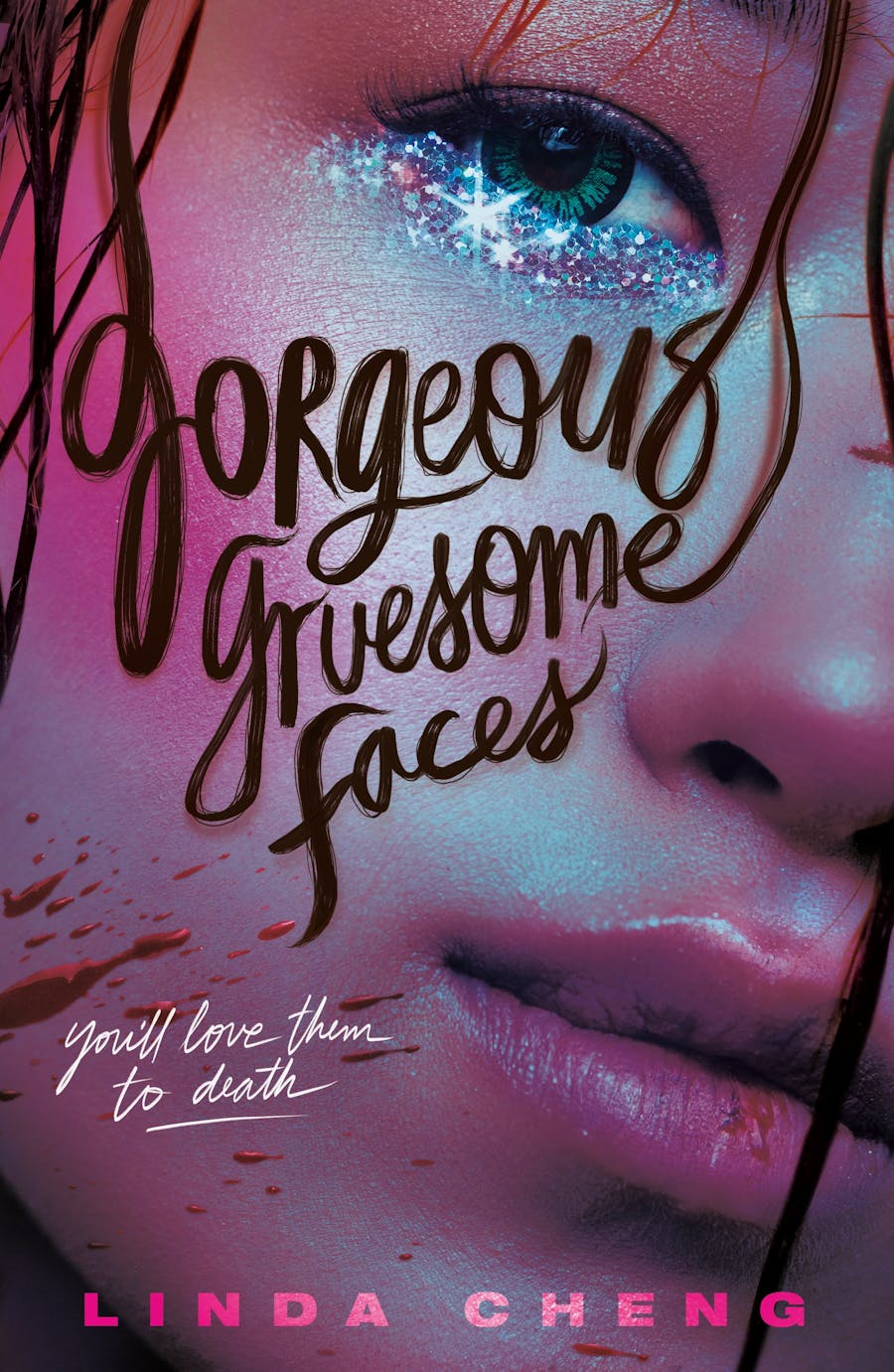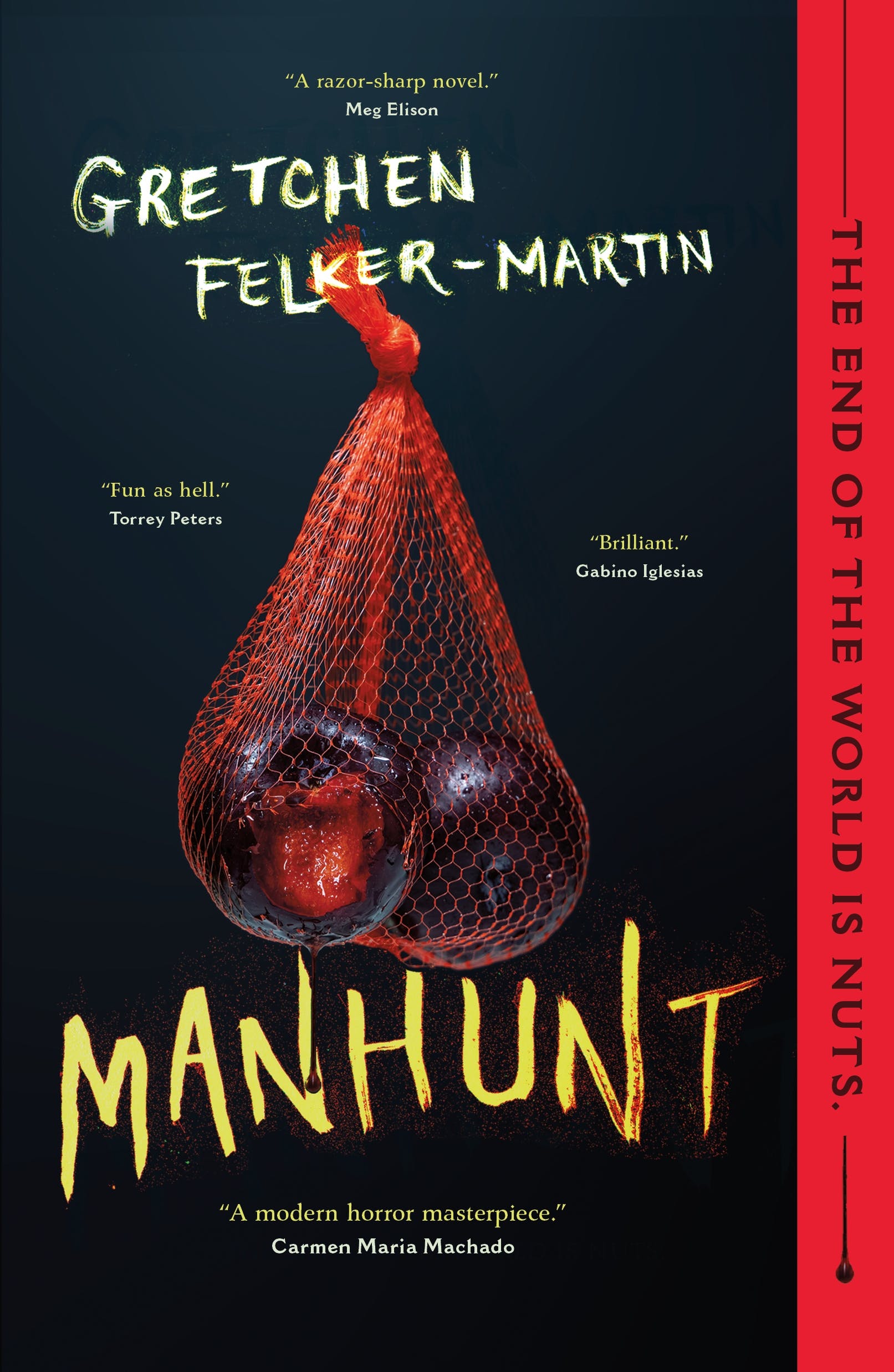Are you searching for a spine-tingling sapphic read to round out your October TBR? Look no further! Thirst is a gorgeous Gothic novel that follows two women across two different time periods as they grapple with their seemingly insatiable desires. Written by Marina Yuszczuk (she/her) and translated by Heather Cleary, Thirst is told in two parts. In Part One, aRead More
A Gory Graphic Novel to Kick Off Sapphic Spooky Season: A Guest in the House by E.M. Carroll
As October approaches, consider adding sapphic graphic novel A Guest in the House by E.M. Carroll (they/them) (previously credited as Emily Carroll) to your TBR. Winner of the 2024 Lambda Literary Award for LGBTQ+ Comics, A Guest in the House follows Abby, an unassuming small-town woman who has just gotten married to David, a recently widowed dentist, and isRead More
Teen Witches Cover Up a Murder: When We Were Magic by Sarah Gailey
Buy this from Bookshop.org to support local bookstores and the Lesbrary! Alexis and her five friends share a secret—they all have magic powers. On prom night, Alexis’s magic goes wrong and a boy ends up dead. Now, the six teens have to keep this a secret as they try to make things right. Bonds areRead More
A Blood-Drenched Queer Space Opera for the Ages: Redsight by Meredith Mooring
Buy this from Bookshop.org to support local bookstores and the Lesbrary! Better buckle up your buttered biscuits, because you’re in for one hell of a ride. Meredith Mooring’s debut novel Redsight, freshly published February 27, 2024, arrived studded with blurbs. The two that ultimately pulled me were: “The heretical, genre-defying daughter of Killing Eve and Dune,” (Kemi Ashing-Giwa) andRead More
An Obsessive, Erotic, Vampire Gothic: An Education in Malice by S.T. Gibson
Buy this from Bookshop.org to support local bookstores and the Lesbrary! I feel as though all my adult life I have been wishing for a Carmilla retelling that really illuminates the heart of the original novella—the obsession, intensity, eroticism, and power struggle between Carmilla and Laura that makes the text one of the most lasting examples ofRead More
Gory Bisexual Horror/Fantasy: The Dead Take the A Train by Cassandra Khaw and Richard Kadrey
Buy this from Bookshop.org to support local bookstores and the Lesbrary! One thing about a Cassandra Khaw book: I never know what I’m getting into. Even two-thirds of the way through this, completely invested in the story, I still kept thinking, “What genre is this? And also, what’s the plot?” Julie is a 30-year-old exorcistRead More
A Sapphic K-Pop Horrormance: Gorgeous Gruesome Faces by Linda Cheng
Buy this from Bookshop.org to support local bookstores and the Lesbrary! Content warnings for self-harm, homophobia, racism, sexism, suicide, violence, and gore. Sunny, Candie, and Mina were a young K-pop group on the rise, starring in a popular TV show that launched their career. That was before everything fell apart. Before Sunny and Candie turnedRead More
Gory, Queer Cosmic Horror: The Dead Take the A Train by Cassandra Khaw and Richard Kadrey
Bookshop.org Affiliate Link This plunge into cosmic horror follows Julie, an almost-thirty-year-old woman with a diet mainly consisting of alcohol and whatever brand of drug she has lying around, through the streets of New York as she tries to keep herself afloat doing odd monster-hunting jobs. What really kicks the story off, though, is herRead More
Maggie reviews Manhunt by Gretchen Felker-Martin
Amazon Affiliate Link | Bookshop.org Affiliate Link I knew going into Manhunt by Gretchen Felker-Martin that it was going to be a wild ride. The pair of bloody testicles suggested by the cover tells you that right off the bat. And to tell the truth, I’ve mostly gone off of apocalypse fiction the last few years –Read More

